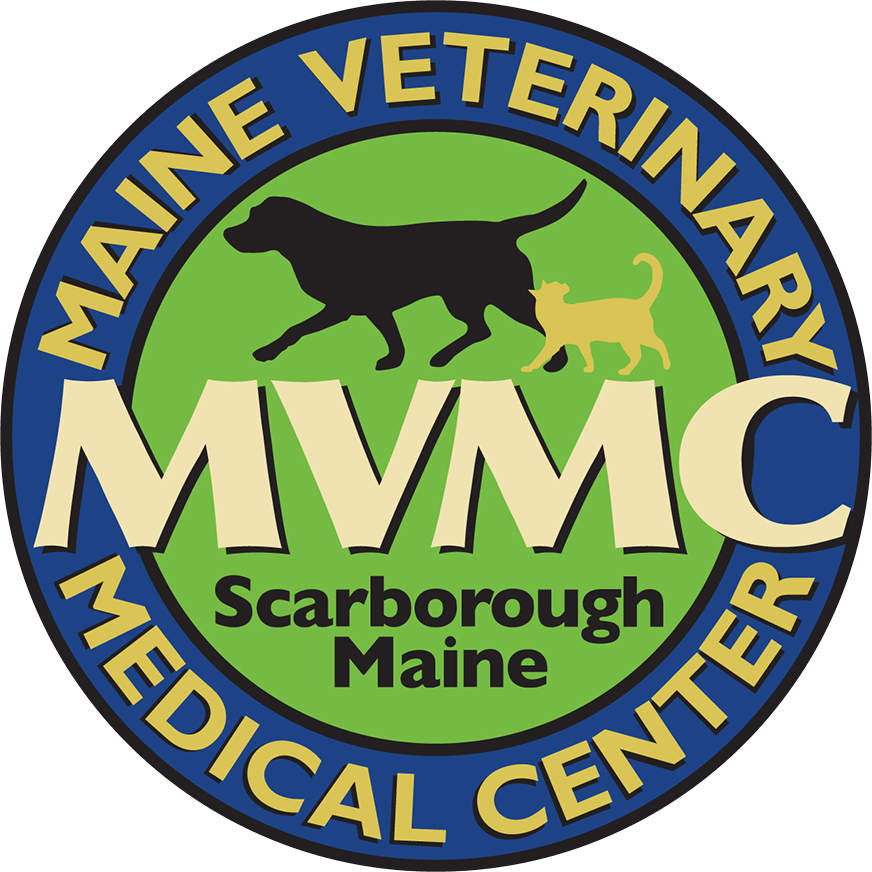Veterinary surgery has seen remarkable advancements in recent years, with minimally invasive surgery (MIS) emerging as a groundbreaking technique. MIS techniques, characterized by smaller incisions and specialized instruments, offer a host of benefits for veterinarians and our patients. There are numerous advantages of MIS and its transformative impact on patient care.
Reduced Trauma and Pain: One of the most significant benefits of MIS in veterinary medicine is its minimally traumatic nature. Unlike traditional open surgery, MIS involves smaller incisions, resulting in less tissue damage and reduced postoperative pain for patients. This decreased trauma leads to faster recovery times and shorter hospital stays, ultimately enhancing the overall well-being of the patient.
Enhanced Visualization and Precision: MIS techniques provide superior visualization of surgical sites using advanced imaging technologies such as laparoscopy, thoracoscopy, and arthroscopy. This enhanced visualization allows veterinarians to perform complex procedures with greater precision and accuracy, minimizing the risk of complications. By accessing hard-to-reach areas of the body more effectively, MIS facilitates surgical accuracy with minimal disruption to surrounding tissues.
Quicker Return to Function: Animals undergoing MIS procedures typically experience a quicker return to normal activities compared to those undergoing traditional open surgery. The smaller incisions and reduced tissue trauma result in less postoperative discomfort, allowing patients to resume their regular routines sooner. This is particularly beneficial for active or working animals, as well as elderly or debilitated patients who may have difficulty recovering from more invasive procedures.
Cost Effectiveness: From a practical standpoint, MIS can be more cost effective for both pet owners and hospitals like MVMC. While the initial equipment and training costs associated with MIS may be higher, the reduced need for postoperative care and shorter hospital stays can lead to overall cost savings. Additionally, the ability to perform multiple procedures in a single session with MIS can increase efficiency for veterinary practices, ultimately benefiting both patients and practitioners.
Transferable Skills and Versatility: The skills required to perform MIS procedures are highly transferable across specialties within veterinary medicine. Veterinarians trained in MIS techniques can apply their expertise to a wide range of procedures, including abdominal surgery, thoracic surgery, and orthopedic surgery. This versatility enables us to offer a broader range of services to our clients, enhancing the quality of care available in veterinary clinics and hospitals.
Commonly practiced minimally invasive techniques at MVMC include ovariectomy, gastropexy, liver biopsy, pericardiectomy, thoracic explore, lung lobectomy, tracheal and urethral stent placement, elbow dysplasia treatment, shoulder OCD treatment, and fracture repair. We also combine minimally invasive treatments with more traditional therapy to maximize outcomes and improve perioperative quality of life for our patients.
If you have questions about how MIS can potentially help you or a client, don’t hesitate to contact the surgery department at surgery@mvmc.vet or 207-885-1290.

